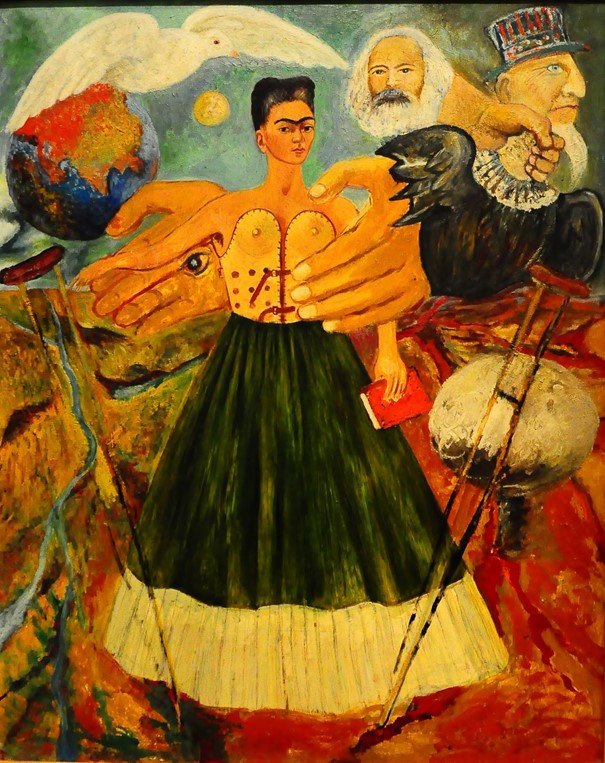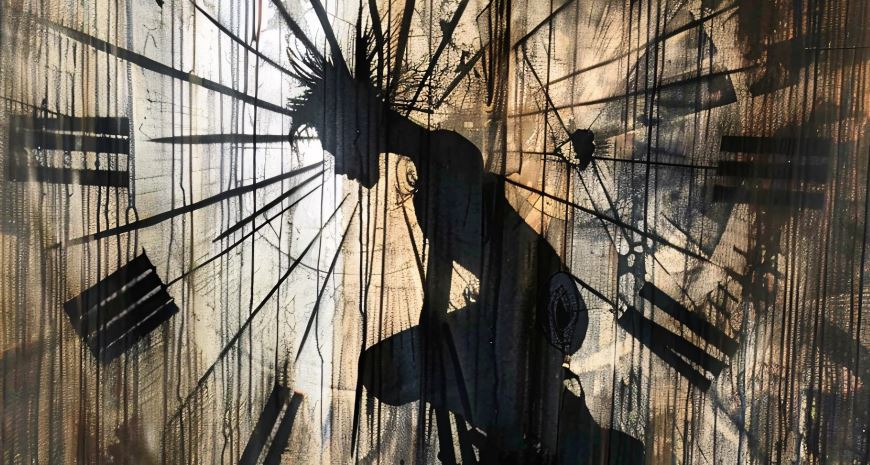Artists have always drawn inspiration from history, life and current events. This is perhaps even more true of contemporary art, which often pushes the viewer to question their relationship with reality, pushing us to ask questions about our raison d'être, values and goals. The following article will explore the role contemporary art has in our society.
What role does contemporary art play in society?
Great philosophers and the origin of their theories
Over 2,500 years ago, the Ancient Greek philosophers Socrates and Confucius already understood the symbolic importance art has in society.
Their teachings about art and technique can be seen as the precursors of modern art critiques due to the way that they interpret art and its influence on humanity. More than two millennia later, art and aesthetics have widely been accepted as means for personal expression, allowing the artist to deepen and share their relationship with the world and their unique view of it.
Over the centuries, many art historians have referenced the role art plays in society and the fact that it can lead to a mutual fulfillment and connection between individuals. Works of art can provide a better understanding of the sociopolitical and pop culture climate of any given time in history.
Contemporary art and its role in society
The aesthetic dimension of contemporary art is often used to share the artist’s points of view, maybe even more so than classical art. Crypto Art is a prime example, as it uses new digital technologies to question our relationship with the virtual world and how these technologies will be used in the near future.
With this point of view point in mind, contemporary art’s role in society might be to generate themes that bring some of society’s deepest questions into consideration.
Critiquing political obedience: one of contemporary art’s roles in society
When we think of contemporary art’s role in society it's hard not to think about the emblematic street artist Banksy. The world-famous creator of The Little Girl with the Balloon has established himself as a true icon in the world of activism, with themes ranging from anti-militarism and anti-capitalism to his countless viewpoints against ‘the system.’
Before Banksy, in the mid-20th century, the incredible Frida Kahlo was in a class of her own. The Mexican artist's tumultuous personal life, left-wing political stance and support of women’s rights were clearly represented in her work. For example, she created a painting entitled "Le marxisme guérira les malades" ("Marxism will cure the sick") in 1957, which is one of her lesser-known pieces. It clearly reflected her political views that were heavily influenced by Communist ideologies.

Another category of art that can be placed under the umbrella of politically charged art is land art. This type of art often focuses on ecological concerns, bringing up questions surrounding nature conservation and the environment.
Critiquing consumerism
Contemporary art's critical role in society began during the roaring 30s in the post-war period. Among them is the American sculptor Duane Hanson (1925-1996), whose famous piece Supermarket Lady (1969) puts a negative light on consumer society. This sculpture is very critical of the American way of life and the reign of consumer culture.

The king of pop art, Andy Warhol, can’t be beat when it comes to critiquing consumer culture. He produced a number of pieces that placed the world of excessive advertising under examination, including two pieces that illustrate this stance: Campbell's Soup Cans (1962), a synthetic polymer painting created on 32 canvases and Brillo Boxes (1964), a stack of laundry detergent boxes designed to push viewers to question how packaging influences the purchases you make.

Barbara Kruger's work is also very interesting. Her photomontage I shop Therefore I Am, is a play on words on the 17th-century philosopher René Descartes' famous saying, “I think therefore I am.” Kruger also used her work to critique the virtual evolution of our screen-driven societies. As early as 1994, she launched a series of pieces with the slogan "Empathy can change the world," inviting us to reflect on a better world where our focus on social media would be reduced.

The many facets of Street Art
One of contemporary art’s main roles in society is to make observations and get people thinking about the world they live in. Another objective is to be critical and make demands. This facet is clearly seen in street art. We've already mentioned Banksy, but a host of other artists are just as famous for their works of art that question various aspects of our society.
Almost all street art pieces act as historical landmarks of their time with the aim of shaking up our lethargic societies. The following are 10 emblematic works of street art.
We hope that you’ve enjoyed our article about contemporary art’s role in society. Feel free to follow our blog - we'll be bringing you up-to-date news from the art world. In the meantime, you can browse our virtual galleries, which are brimming with works of contemporary art by well-established and emerging artists working in an array of different media: painting, sculpture, photography, drawing, printmaking and much more.
 English
English Français
Français


You must be logged in to post a comment.
Click here to log in